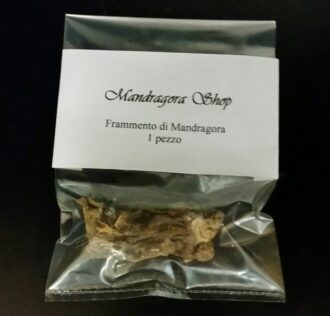- Esoteric Items
-
-
Esoteric
All the products, traditional and original, related to the exquisitely magical practice, powders, waxes, baths and natural extracts, but also ritual kits that include materials and instructions.
-
-
- Herbs & Stones
-
-
Herbs
Here you will find stones, crystals, druses and rare minerals but also magical plants and botanical curiosities such as mandrake roots and other plant rarities.
-
-
- Statues
-
-
Statues
Sacred statues of the various spiritual traditions: Catholic saints, of course, but also Orixàs from the Afro-Brazilian Candomblè, Exùs and Pomba Giras as well as Angels and other deities.
-
-
- Divination Tools
-
-
Divination tools and Amulets
Divination products such as cards, runes, tarot cards, sibyls and oracles, but also crystal balls, pendulums for radiesthesia, sheets for divination sessions, pyramids, genese and ouija tables.
-
-
- Talismans & Amulets
-
-
Talismans, Amulets
Pentacles and the seals of the Solomonic tradition and ceremonial magic, but not only, here you can find talismans from various traditions, plates and medals in silver or gold, Brazilian patois and pendants that have always been used to defeat evil and propitiate good luck.
-
-
- Ritual Tools
-
-
Ritual Tools
Chalices, chopsticks, ritual towels and wiccan magic supports, athame, books of shadows and parchment paper as well as gift ideas in full esoteric style.
-
-
- Holistic & Ayurveda
-
-
Holistic & Ayurveda
Sacred resins, with traditional incense and natural biological essences, but there are also nebulizing lamps, incense burners, Ayurvedic and oriental items.
-
-



